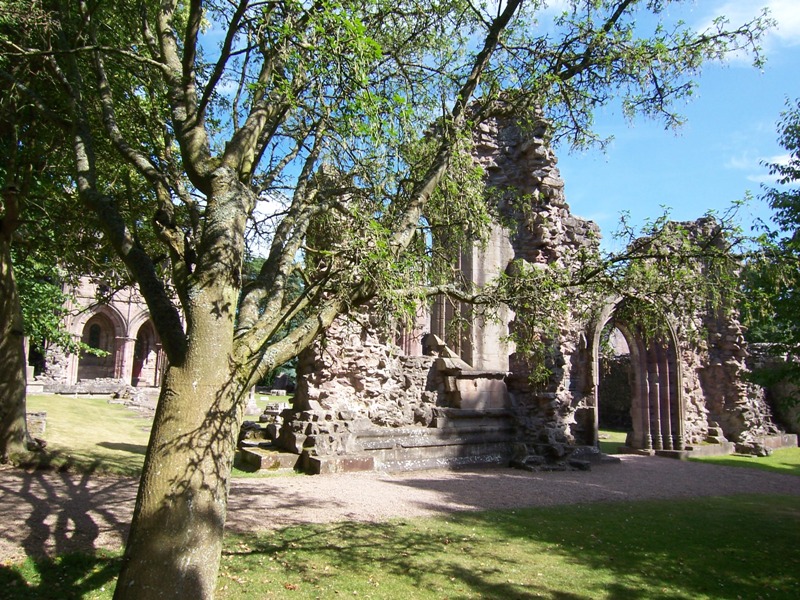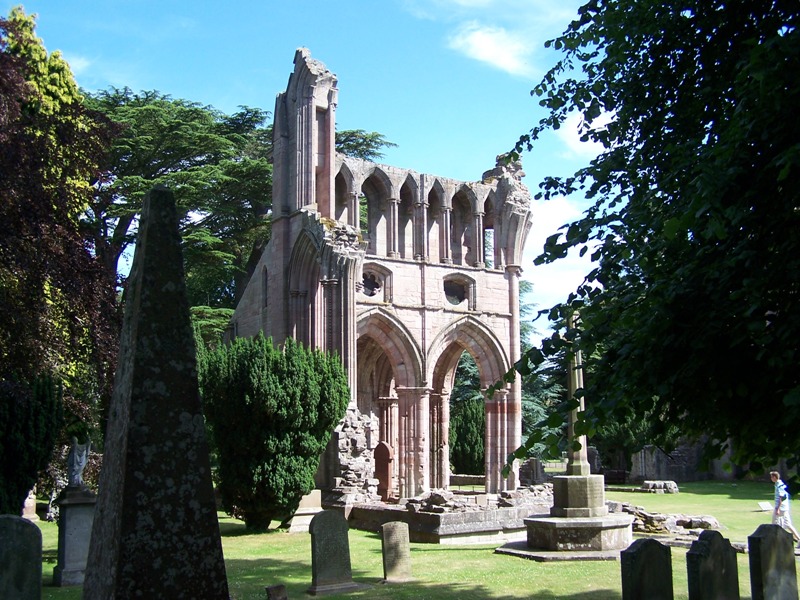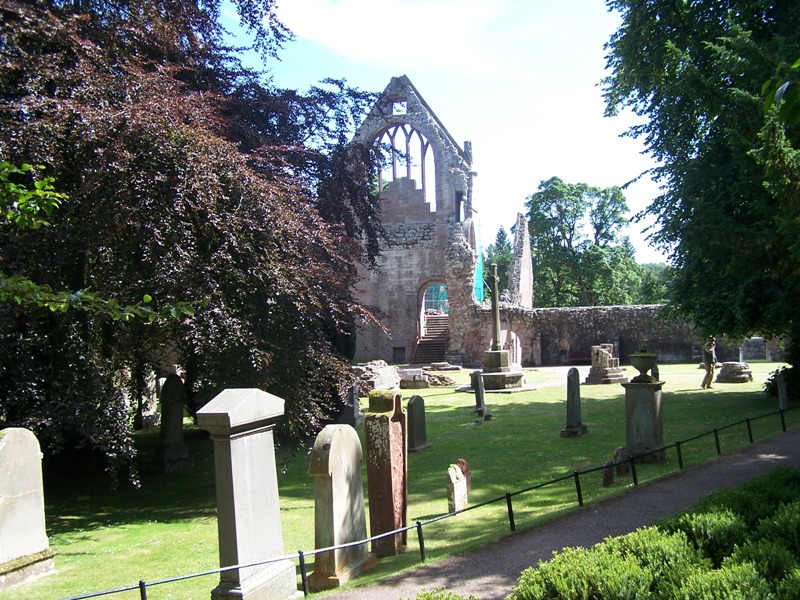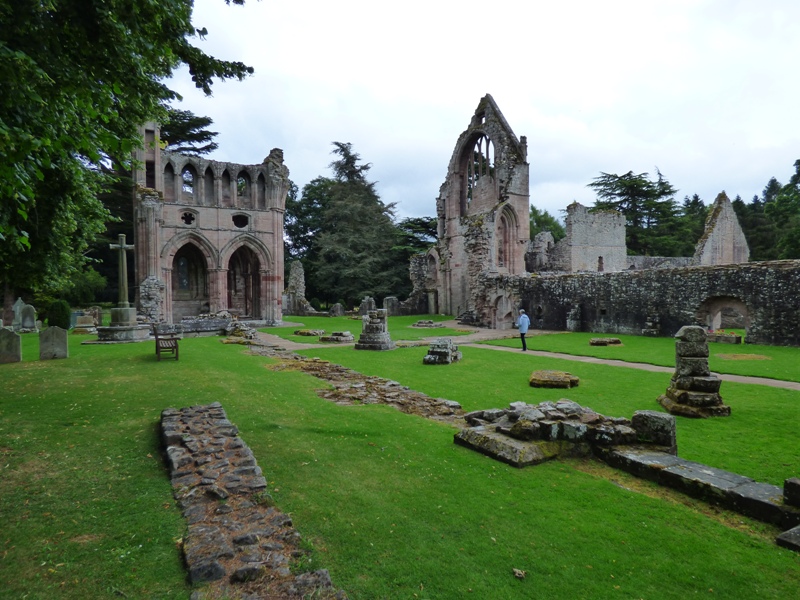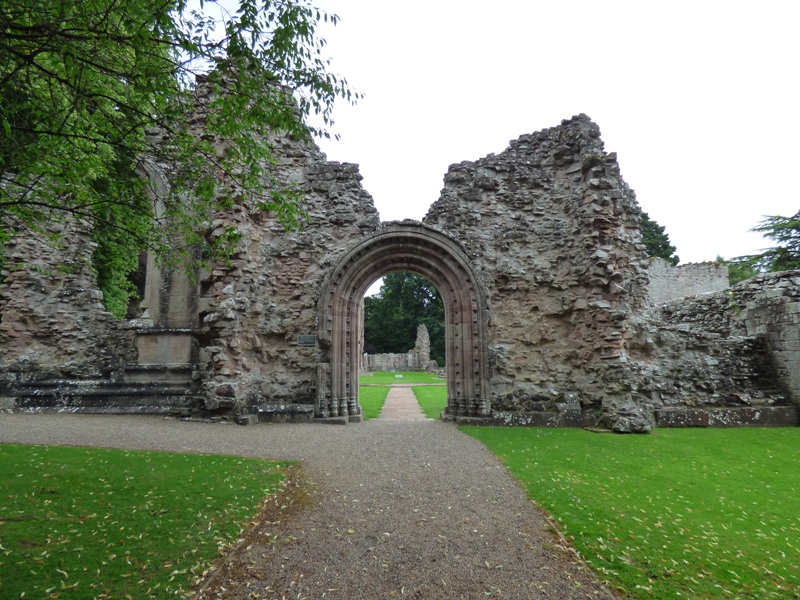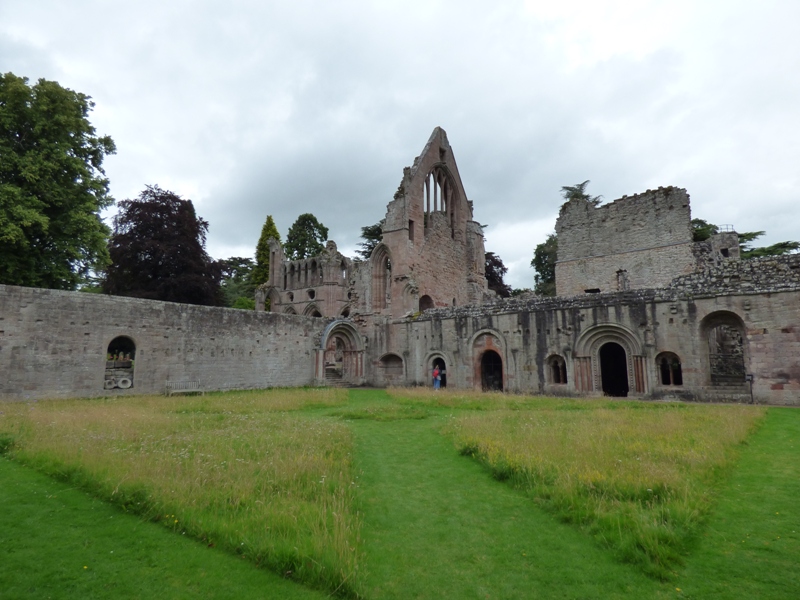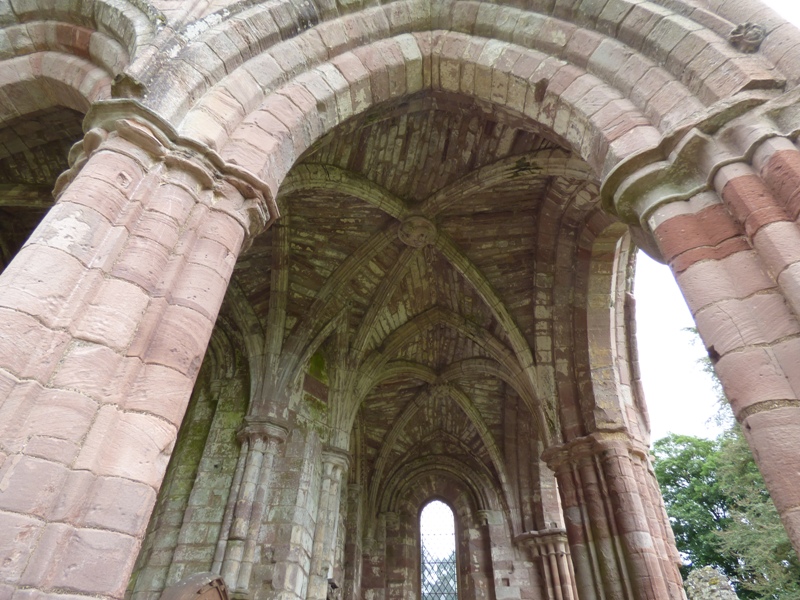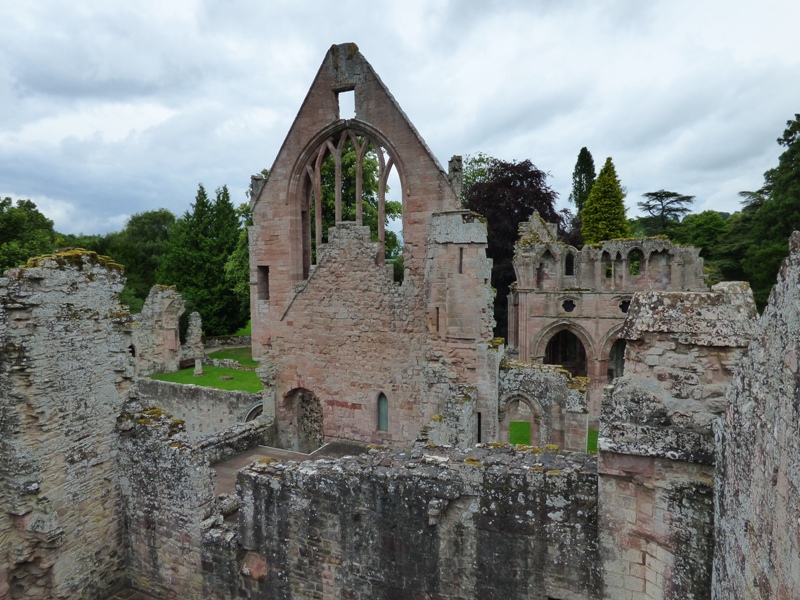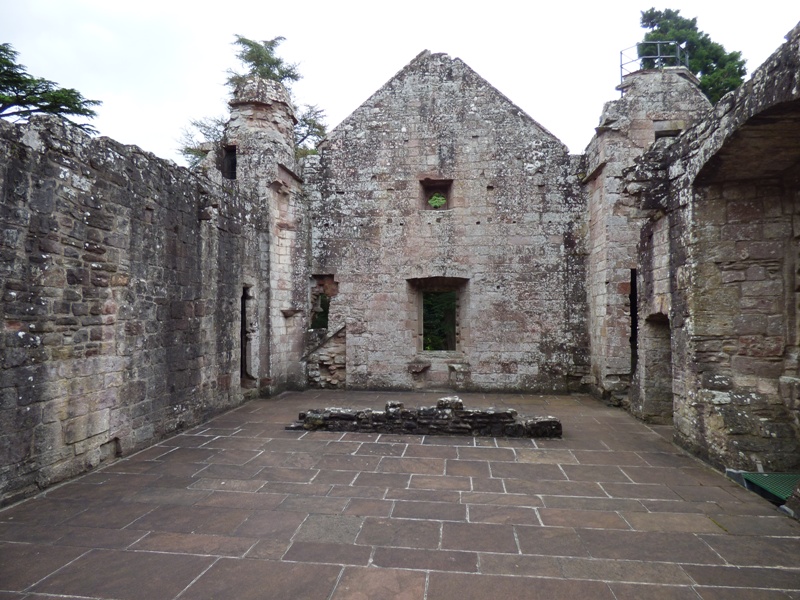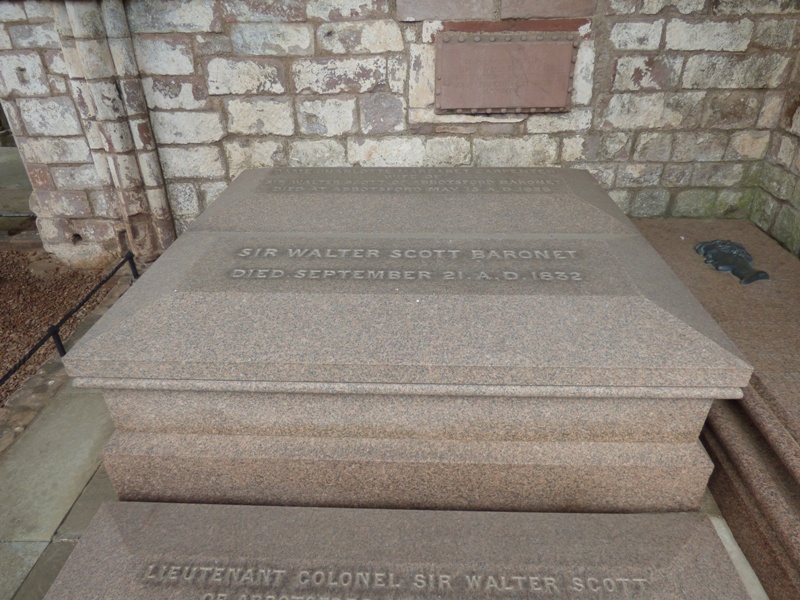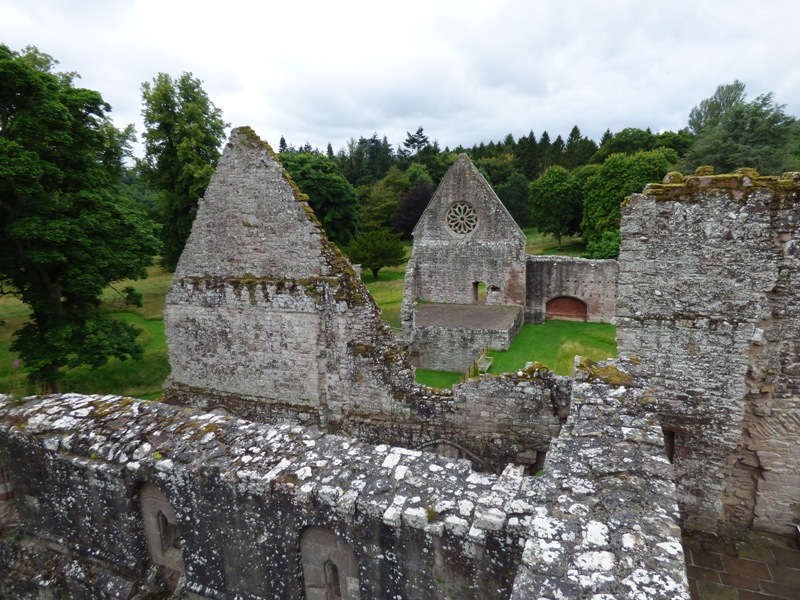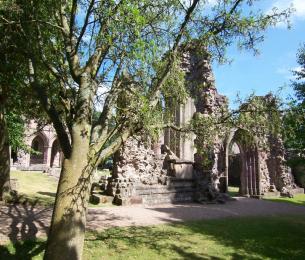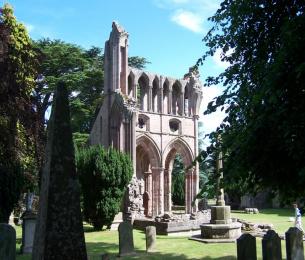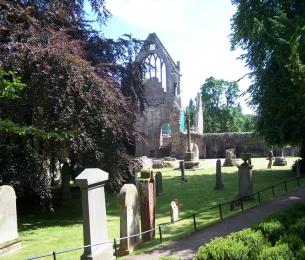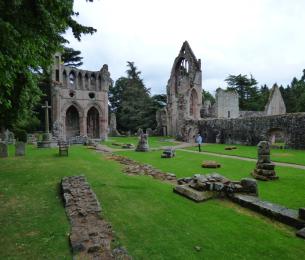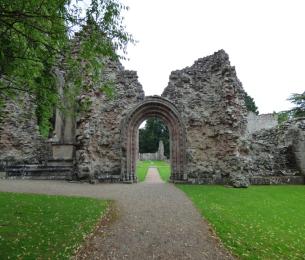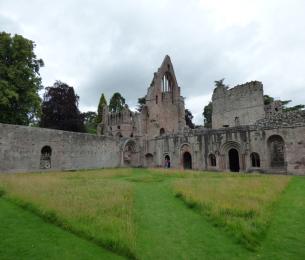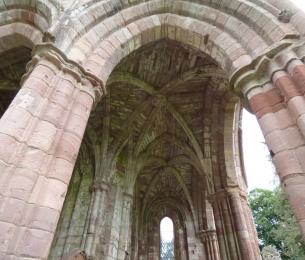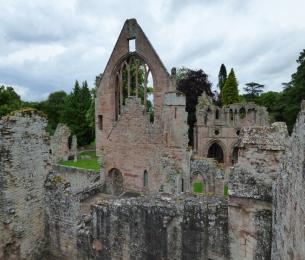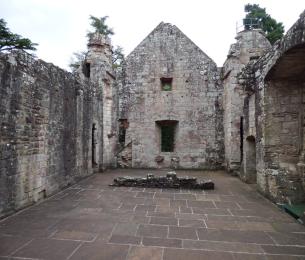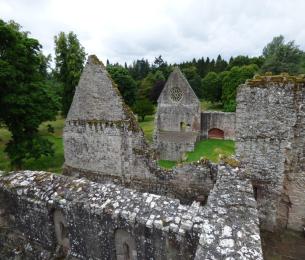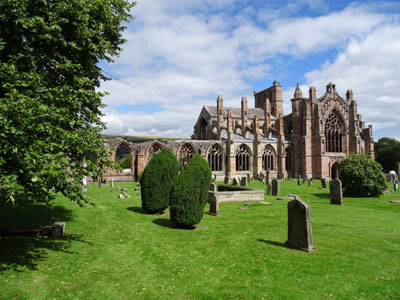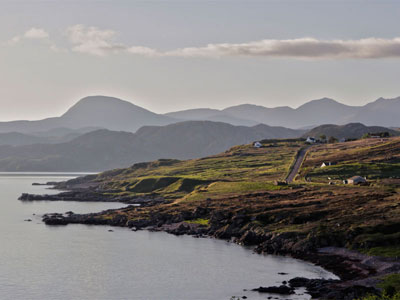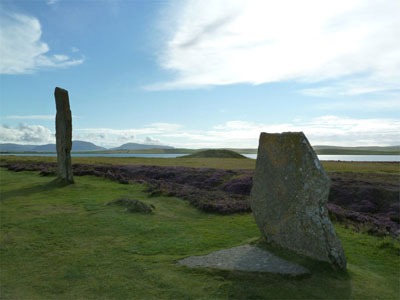Dryburgh Abbey
Overview
Dryburgh Abbey sits in tranquil woodland by the River Tweed. The setting of Dryburgh is arguably the most peaceful of all the Border abbeys, and maybe this is why David I chose this site in 1150 when he built the monastery for Augustinian Monks. The history of the abbey has not been so peaceful though, it was destroyed by fire three times and ravaged by war on four occasions. Despite this, fine examples of ecclesiastic architecture and masonry remain, and its chapter house reveals plaster and paintwork dating back to its inception.
Sir Walter Scott chose Dryburgh Abbey as his burial place and he has a tomb within a corner of the old abbey ruins. After Scott’s burial in 1832, the abbey remains were restored and a parkland of trees was planted around the abbey buildings.
Dryburgh Abbey is also the burial place of General Haig, who was the Commander-in-Chief of the British Forces during most of World War One. After the war he dedicated his time to caring for the wounded and bereaved.
Save money on visiting this attraction by buying an Explorer Pass
|
Address: |
Dryburgh, Melrose, Scottish Border TD6 0RQ |
|
Operated by: |
Historic Environment Scotland |
|
Opening Hours: |
1 April to 30 September, Daily 9:30 am to 5 pm (Last entry 4:30 pm) |
|
Admission: |
Adult £ 7.50, Child £ 4.50, Senior £ 6 |
|
Parking: |
Yes |
|
Languages: |
English |
|
Accessibility: |
Yes |
|
Toilets: |
Yes |
|
Shop: |
No |
|
Cafe/Restaurant: |
No |

